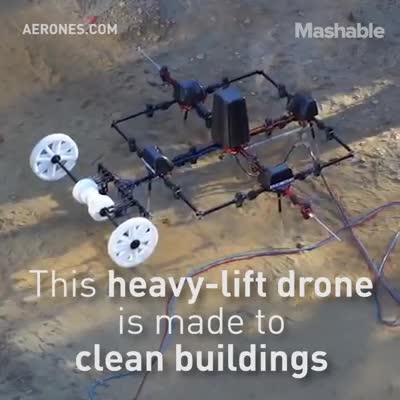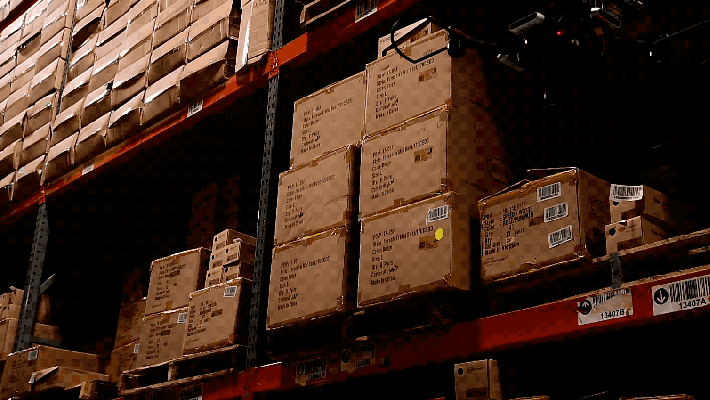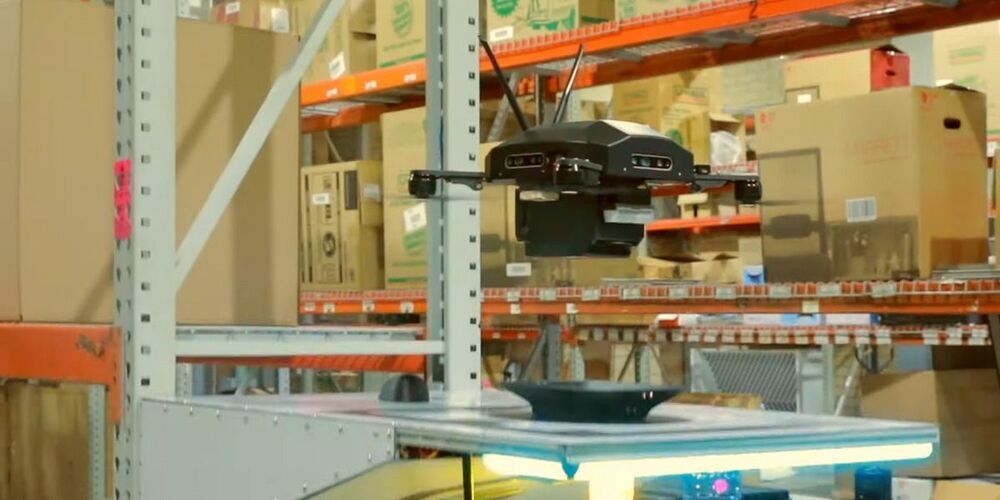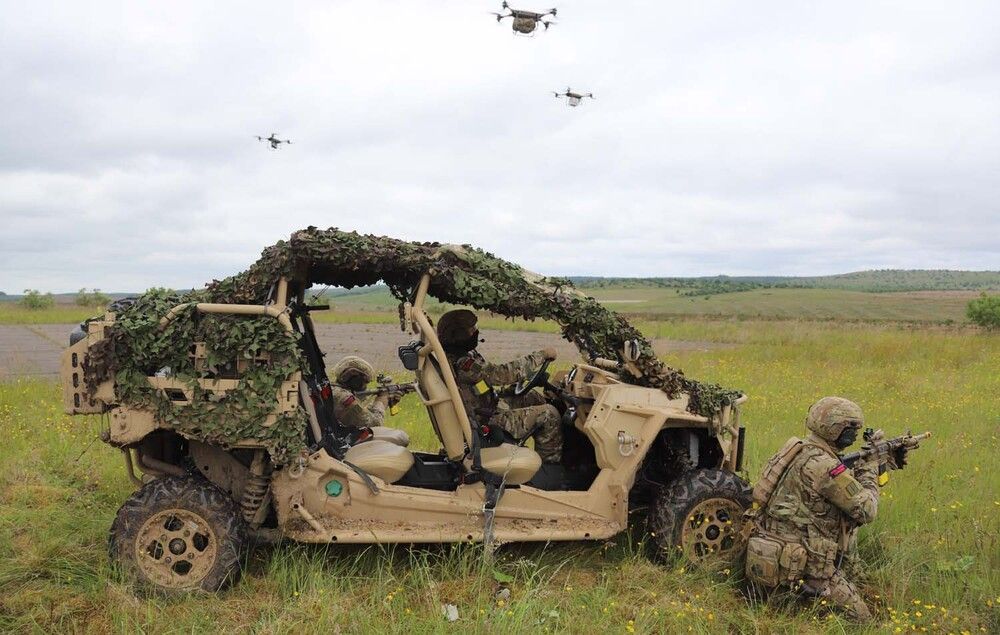✅ Instagram: https://www.instagram.com/pro_robots.
You’re on PRO Robotics, and in this video we present the July 2,021 news digest. New robots, drones and drones, artificial intelligence and military robots, news from Elon Musk and Boston Dynamics. All the most interesting high-tech news for July in this Issue. Be sure to watch the video to the end and write in the comments, which news you are most interested in?
0:00 Announcement of the first part of the issue.
0:23 Home robot assistants and other.
10:50 Boston Dynamics news, Tesla Model S Plaid spontaneous combustion, Elon Musk’s new rocket, Richard Brandson.
20:25 WAIC 2,021 Robotics Exhibition. New robots, drones, cities of the future.
33:10 Artificial intelligence to program robots.
#prorobots #robots #robot #future technologies #robotics.
More interesting and useful content:
✅ Elon Musk Innovation https://www.youtube.com/playlist?list=PLcyYMmVvkTuQ-8LO6CwGWbSCpWI2jJqCQ




